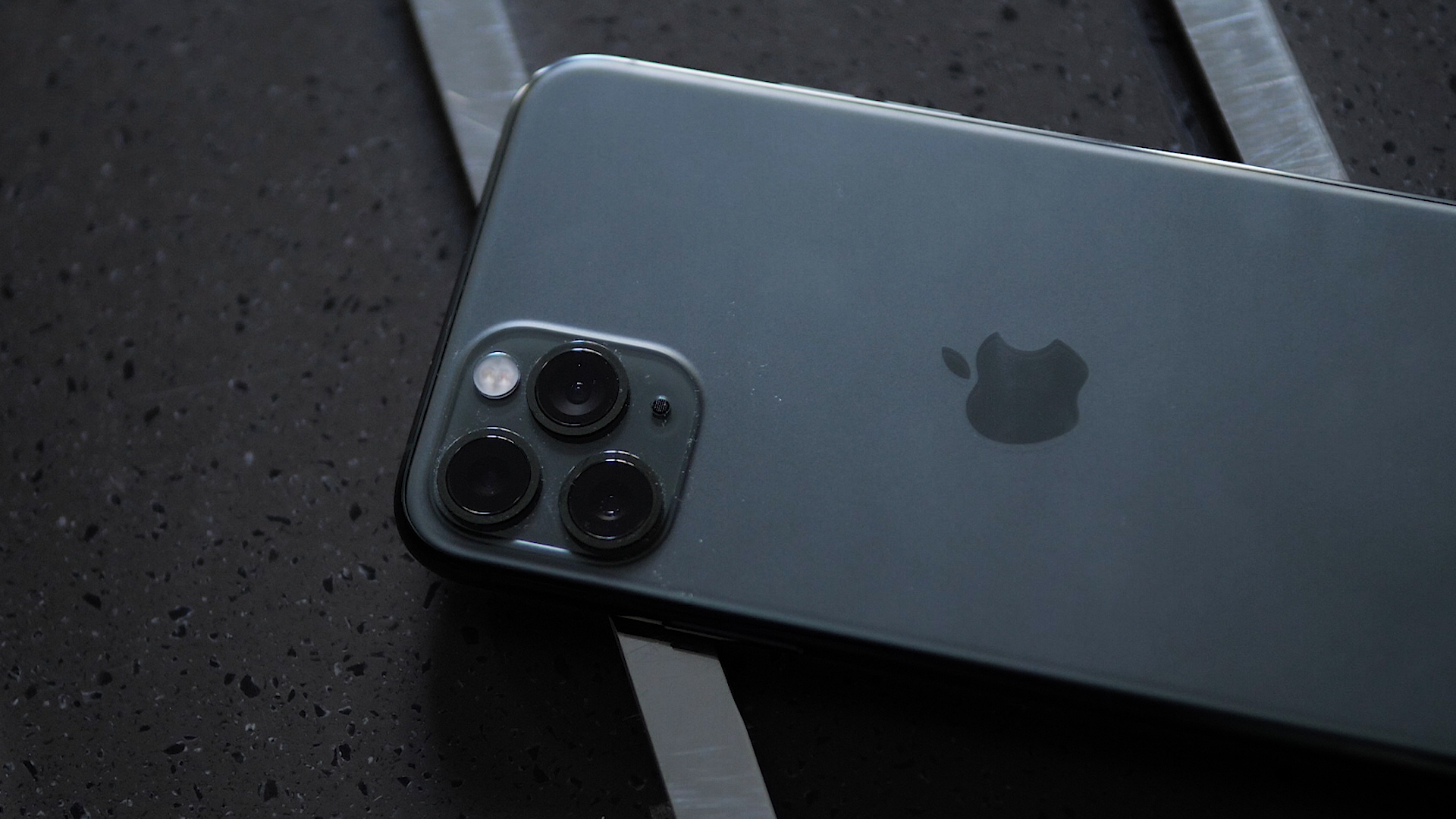
Valve has already made it clear that it is in no rush to release a Steam Deck that can be classified as next generation and with a considerable increase in power. This lack of haste is also reflected in other aspects such as the implementation of something like a screen OLEDalthough the company has come out to the step to say that the incorporation of said technology is not as simple as it seems.
Pierre-Loup Griffais, one of the most visible Valve engineers in the media and one of the visible faces when it comes to issues related to the Steam Deck, has said that the company understands the limitations of the current state of the deck. console/mini-PC in terms of display, but there are factors to consider beyond simply replacing the panel.
Pierre-Loup Griffais has explained that, far from what many have come to think, “the screen is the core of the device. Everything is anchored to it. Basically, everything is designed around everything when talking about such a small device. I think it would be a greater amount of work than people assume. I don’t think we’re discounting anything, but the idea that it could be just switch to a new screen and go would need more than that to be feasible.”
To expose specific details, the flexibility of present LCD panel was at the time one of the priorities when the Steam Deck was designed, mainly to make backlighting as dim as possible for more comfortable gaming in low-light environments and the ability to alter the refresh rate to save battery life. While Pierre-Loup Griffais acknowledges that such things could be possible with an OLED panel, the process would require specific settings.
The addition of an OLED panel to a future version of the Steam Deck is something Valve has to “plan ahead for. When we were working on this display (LCD), we made sure that it could be supported, even if the refresh rate change wasn’t ready at launch. It was very important to us that all of this was supported. Therefore, it is something to take into account when evaluating and selecting possible options. But there is nothing about LCD vs OLED, it is about how you are designing the whole system and what is between the screen and the SoC (system on a chip)”.
Despite the fact that at the architecture level it is a standard x86 PC, the design of the Steam Deck is not as modular as a desktop computer, but each component can end up having a significant impact on the whole. This means that a change of screen would not only affect what the user sees through his eyes, but also the overall experience obtained through the device, especially with regard to the autonomy offered by the battery.




